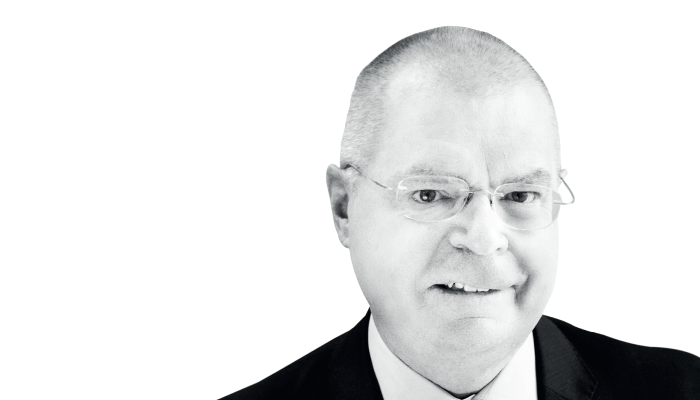
Blindness discriminates. Around 20 million women are blind, comprising 55 percent of the global total; however, four out of five of them lose vision unnecessarily, because they face barriers to seeking the treatment they need. It’s easy to see why women are more likely to be blind than men: nine out of 10 live in poverty. Setting aside the significant cost barriers, many women in the world also face cultural barriers and gender discrimination, which all impact on their ability to access the most basic eye healthcare.
In some areas, women can only visit an eye clinic if accompanied by a chaperone. In other instances, men – often viewed as the breadwinners in the family unit – will be prioritized for healthcare ahead of women. Discrimination can be as simple as men pushing in front of women in queues at eye screening camps. Young girls often miss out on school because they are expected to stay home and look after a blind parent or grandparent.
Women are also disproportionately affected by trachoma (the world’s leading cause of infectious blindness), accounting for 75 percent of all people diagnosed with advanced cases of the disease. The fact that we have 20 million women blind, with another 120 million visually impaired, is unacceptable. Worse, if we don’t act soon, rates of blindness will triple by 2050. We can’t afford to stand by and let generations of women bear a disproportionate burden of avoidable blindness.
Through the She Sees initiative, The Fred Hollows Foundation is committed to closing this gender gap in vision – and thus unlocking the potential of millions of women and girls. Restoring sight to women has far-reaching benefits – improving lives and delivering economic returns as girls finish school and women enter the workforce. Through She Sees, The Fred Hollows Foundation is seeking to raise $20 million over the next five years to combat avoidable blindness for women and girls. She Sees places women and girls at the center of programs, services, partnerships, and global advocacy work. These activities must be guided by a clear understanding that all women and girls must have access to eye care, and effectively engage with services.
The Fred Hollows Foundation is developing creative programs that specifically target women where they work, and where they live. For example, in Pakistan and Bangladesh, The Foundation is working with local hospitals and health agencies to train outreach health workers who deliver maternal and child health services in eye care. This training allows the workers to find women and children with eye health issues and refer them to local specialist services. The Foundation is also training more women as health workers because, in many regions, women are more likely to access services when they are run by women.
In Bangladesh, there are more than three million women working long shifts in garment factories six days per week. Maintaining an intense focus on repetitive tasks for such long periods of time creates eye health problems. But, if detected early, they are treatable. And so, we have established eye centers at factories, and trained women to help identify colleagues needing eye care.
In Pakistan and Nepal, gender equity programs are already in place. Many female agricultural workers in remote areas of Pakistan injure their eyes while harvesting, so eye care training has been provided for first responders. Taking eye programs to places where women work increases the chances of early detection and ongoing contact with services. In turn, this proactive approach allows women to continue to earn an income and support their children and families. In other words, women’s equality in eye care is fundamental to women’s equality in life.
